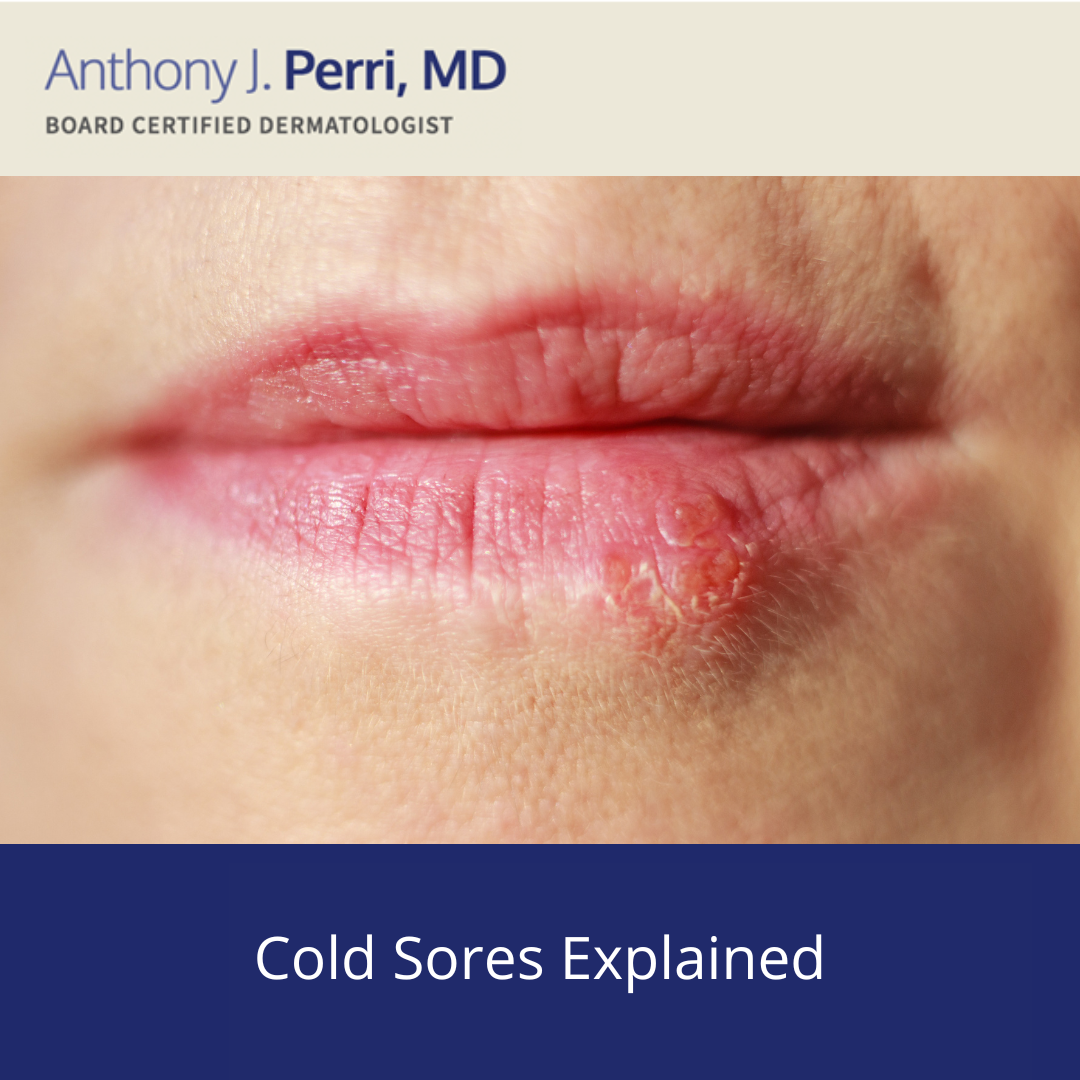Proliferating Angioendotheliomatosis is a skin condition that I rarely encounter in my The Woodlands dermatology and Conroe dermatology offices. Two types of Proliferating Angioendotheliomatosis exists: a reactive type and a malignant type. The reactive type occurs in patients with any underlying systemic disease or infection. Clinically, red/purple lesions develop on the skin especially on the lower extremities and they may resemble bruises. Histologically, there is a unique appearance in which the endothelial cells are proliferating into the lumen of the blood vessels but there are no atypical cells observed. The malignant type can be classified as a large cell intravascular lymphoma and progresses very rapidly in which patients usually do not survive over a year. The skin lesions are similar to the reactive type with red/purple patches, nodules and plaques that may resemble bruises. This disease typically involves other organs and the histology differs from the reactive type in that the proliferating endothelial cells appear atypical. Treatment of this type is with chemotherapy.
November 9, 2013

Medically reviewed by Anthony J. Perri, M.D.
You May Also Like



Request a Consultation (Sidebar)
Recent Posts
Categories
- Uncategorized (568)
Tags
acne (5)
acne treatment (2)
acne vulgaris (2)
biopsy (2)
Coldsores (1)
cold urticaria (1)
common skin conditions (11)
dermatologist (12)
dermatology (3)
dr. perri (8)
eczema (2)
filiform (1)
flat (1)
health (1)
Herpes (1)
herpessimplex (1)
hives (2)
indentification (1)
keratosis pilaris (1)
moles (2)
periungual (1)
perri dermatology (10)
plane (1)
plantar (1)
prevention (2)
rashes (2)
rosacea (3)
rosacea therapy (2)
seborrheic keratoses (1)
skin cancer (3)
skin care (1)
skin checks (7)
skin condition (6)
skin conditions (8)
skin damage (2)
skin exam (6)
skin therapy (1)
summertime (3)
sunburn (3)
sunburns (2)
sunscreen (2)
virus (1)
warts (2)
why perri dermatology (3)
woodlands dermatologist (6)
